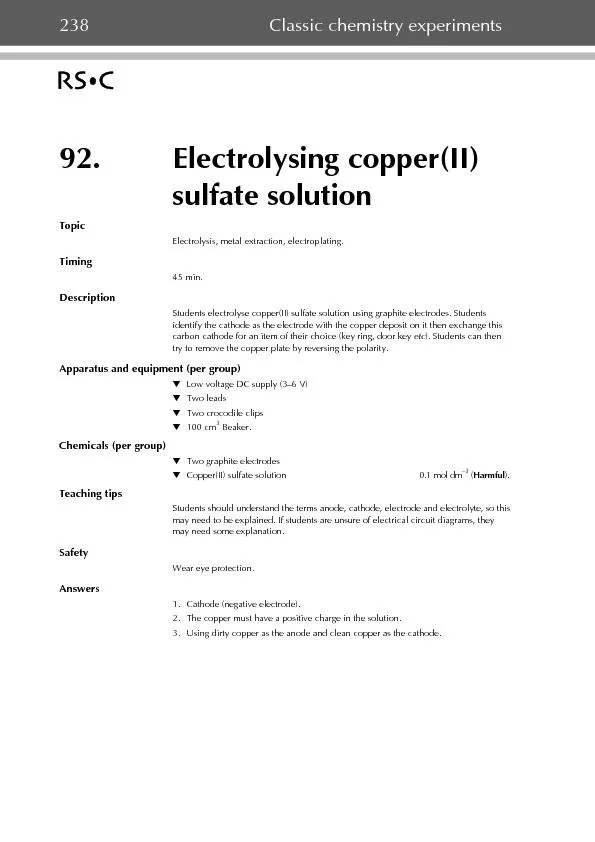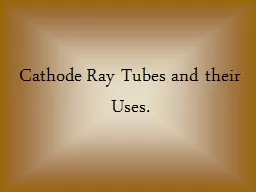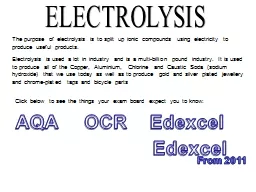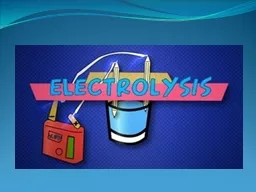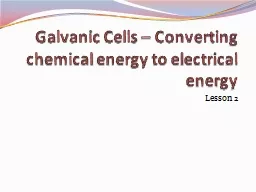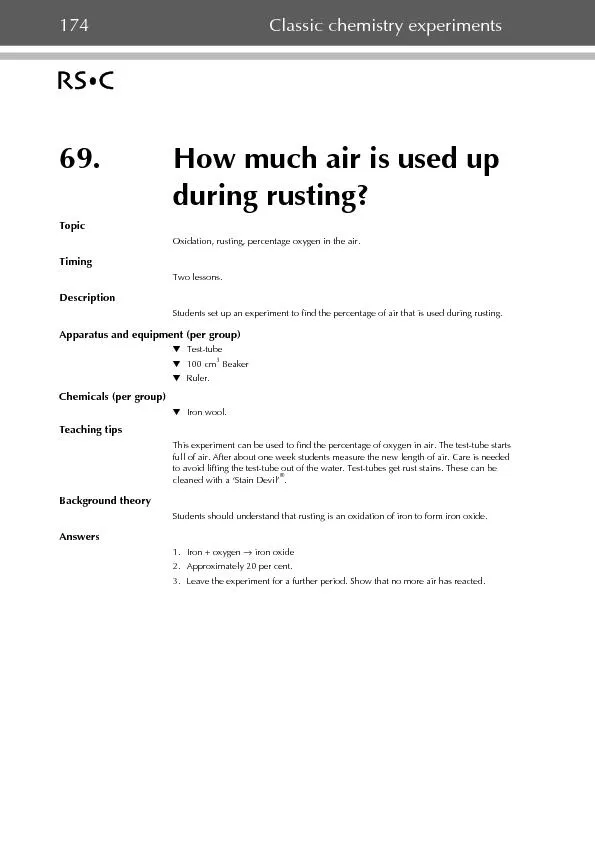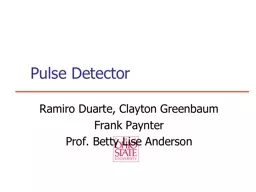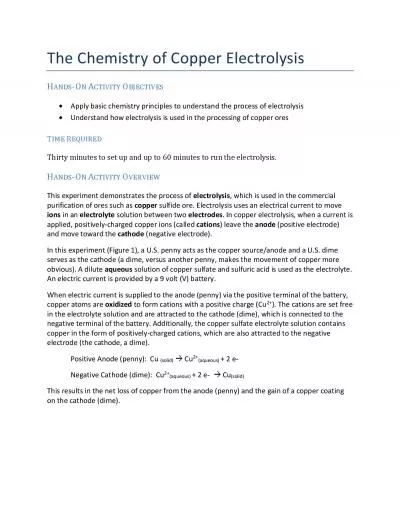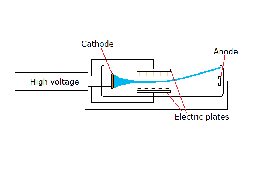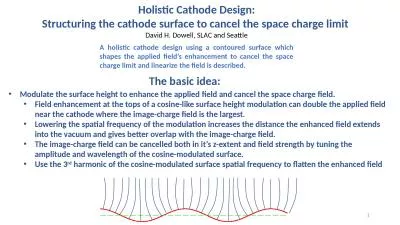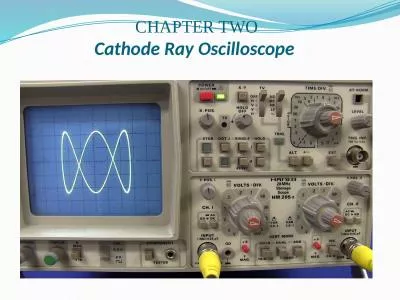PDF-92.Electrolysing copper(II)TopicTimingTeaching tips1.Cathode (negative
Author : alexa-scheidler | Published Date : 2016-12-02
238Classic chemistry experiments 1Set up the circuit shown in the diagram Do not switch on the power supply until2Switch on and leave for about 5 min Watch what
Presentation Embed Code
Download Presentation
Download Presentation The PPT/PDF document "92.Electrolysing copper(II)TopicTimingTe..." is the property of its rightful owner. Permission is granted to download and print the materials on this website for personal, non-commercial use only, and to display it on your personal computer provided you do not modify the materials and that you retain all copyright notices contained in the materials. By downloading content from our website, you accept the terms of this agreement.
92.Electrolysing copper(II)TopicTimingTeaching tips1.Cathode (negative: Transcript
Download Rules Of Document
"92.Electrolysing copper(II)TopicTimingTeaching tips1.Cathode (negative"The content belongs to its owner. You may download and print it for personal use, without modification, and keep all copyright notices. By downloading, you agree to these terms.
Related Documents

